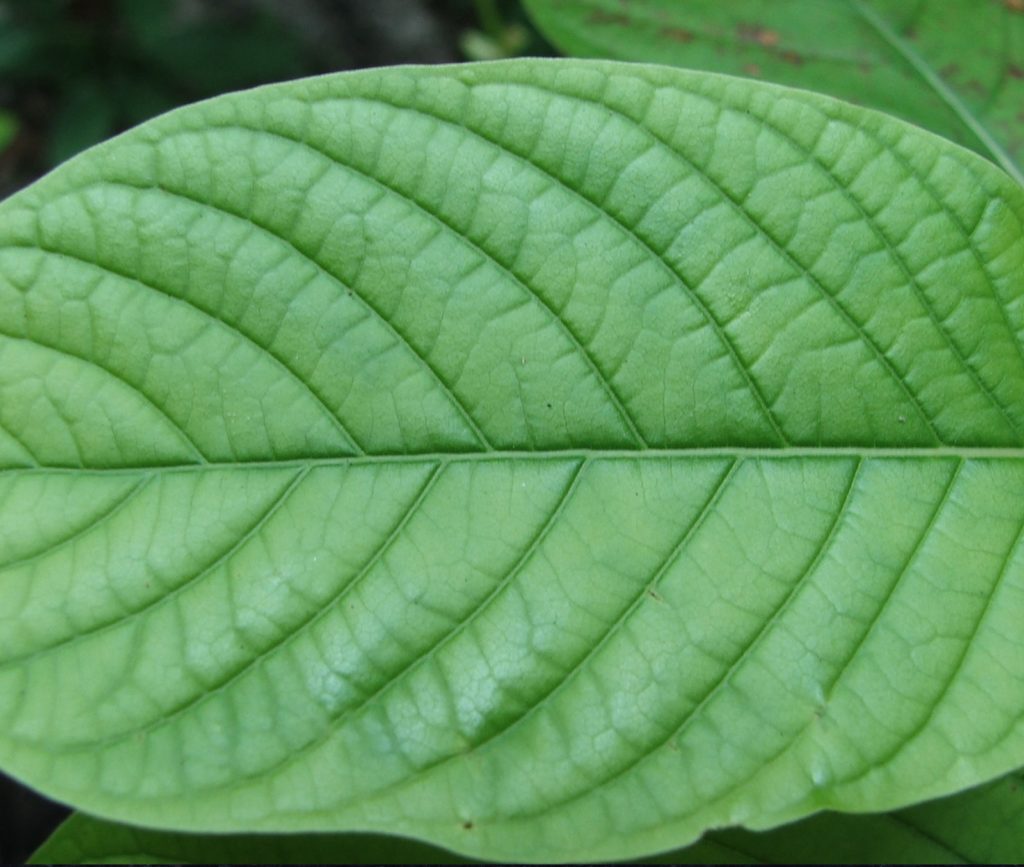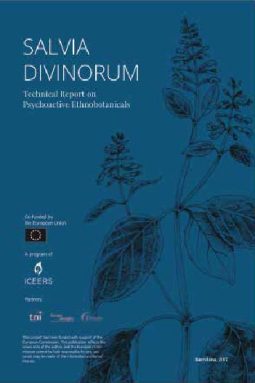Basic Info
Kratom is a tree native to the tropical forests of Southeast Asia. Its leaves have been used since antiquity for its intoxicating, stimulating and medicinal properties. The active principle of kratom is mitragynine, although it contains a high quantity of alkaloids.
Low doses of kratom appear to have stimulant effects, while higher doses have sedative effects.
It has recently been marketed in the West as a recreational substance, as well as for its properties that relieve symptoms of opioid withdrawal syndrome. It is sometimes used as a substitute for opiates.
The use of kratom entails some physical risks that must be taken into account, particularly interactions with other substances and its ability to produce dependence.
Origin/History
Kratom (Mitragyna speciosa) is a tree of the Rubiaceae family, native to the tropical forests of Southeast Asia, the Philippines and New Guinea, which can reach 4-16 meters in height.
It is known by different names in different places: kratom, biak or ketum in Malaysia, krathom or thom in Thailand.
Chemical composition and dosage
The leaves of the kratom tree contain more than 40 different alkaloids. The composition and pharmacology of kratom is complex and has not yet been sufficiently studied. The major alkaloids responsible for the psychoactive effects of kratom are mitragynine and 7-hydroxymitragynine.
The concentration of mitragynine in the dry leaves of trees originating in Thailand is 66%, while in Malaysian trees it is 12%. The proportion and concentration of alkaloids can vary greatly depending on the maturity of the plant and the variety.
Commercial products sold as kratom usually contain a wide variety of phytochemical components, and concentrations in alkaloids can be highly variable. They usually contain a mixture of kratom powder and added extracts. Different varieties of kratom are often found on the market, associated with the color of leaf streaks: red, green or white. It is believed that different varieties have different effects in terms of stimulation, mood alteration or analgesia.
As for the doses, usually one to three leaves are chewed to feel the effects, although people accustomed to its use can chew several times in one day. A dry leaf of kratom usually weighs about 1.7 grams, meaning that the usual doses are between 1 and 5 grams, although they depend on the potency of each particular plant.
Dosage of dry leaves::
- Low dose: 1 – 2 grams
- Medium dose: 2 – 4 grams
- High dose: >5 grams
Effects
Kratom has different effects, both stimulant and sedative, depending on the dose. Low doses tend to produce stimulant effects similar to those of caffeine, cocaine or amphetamines, while high doses are often associated with sedative or narcotic effects, which bear some resemblance to the effect of opiates.
At low doses users report the following effects:
- Feeling of greater alertness
- Greater physical energy
- Euphoria and well-being
- Greater empathy
- Greater ease of physical work
- Sexual excitement (occasionally)
At high doses, the following effects have been described:
- Sedation
- Analgesia
- Less sensitivity to physical and/or emotional pain
- Calm
- Pleasant sensations
- Increased empathy
As for the adverse effects due to the use of kratom, it is necessary to distinguish those that occur in the short term from those that are due to continued use over time. The most common adverse effects are described below, and a more detailed analysis can be found in the section on “Health and risk reduction.”
Unwanted effects:
- Increased anxiety, or nervousness.
- Nausea
- Constipation
- Difficulty sleeping
- Temporary erectile dysfunction
- Itchiness
- Excessive sweating
- Tolerance
- Need to consume more frequently than desired (addiction)
Legal status
The kratom plant, Mitragyna speciosa or mitragynine or 7-hydroxymitragynine, is currently only controlled in a few European Union countries: Denmark, Latvia, Lithuania, Poland, Romania and Sweden. Kratom is also not controlled in the United States, although some states have specific regulations.
There has been regulation in countries to which kratom is native. In Thailand, the possession of kratom leaves has been illegal since 1943, while Malaysia and Myanmar have also declared kratom a controlled substance, as in Australia and Bhutan.
Health and risk reduction
INTERACTIONS AND FATAL RISKS
There is evidence that the combination of kratom with other compounds can be dangerous and even deadly. This is the case with the product called “Krypton” to which 9 deaths are attributed in Sweden. This compound contained kratom and another substance called O-desmethyltramadol, an analgesic opioid. The presence of this same compound has been documented in other products available on the Internet.
In another case, the death of a user appears to be due to the combination of kratom and propylhexedrine, an amphetamine-type stimulant, which is used in nasal decongestants.
The combination of kratom with benzodiazepines and cold medications has been linked with the death of another user. Further, the combination of kratom with the following substances has been associated with deaths: venlafaxine, diphenhydramine, mirtazapine; zopiclone, citalopram and lamotrigine.
These combinations should be avoided.
Prevalence of use
The use of kratom in the West as a recreational substance is relatively recent, so there is not much data on the prevalence of its use.
Data from the European Monitoring Centre for Drugs and Drug Addiction (EMCDDA) report usage rates for those who have ever tried kratom in their lifetime at 2.32% of the population aged 12-65 years in Thailand, according to a 2007 survey. Kratom is the most commonly used illicit substance in Thailand. In Europe, kratom is a relatively common “legal high” on offer, and there are many online suppliers that provide kratom as one of their main products, following Salvia divinorum.
According to data from the 2017 Global Drug Survey, 2.4% of the 115,000 respondents had ever consumed kratom in their lifetime, with 1.5% in the last year.
A 2016 study based on a survey of 8049 people in the United States shows that kratom users are mainly middle-aged (31-50 year old) middle-income people who use it for the primary purpose of reducing pain (68%), to treat emotional or mental issues (66%) and as a treatment to alleviate withdrawal symptoms associated with prescription opioids.
Categories:
PSYCHEPLANTS
, Others
, Kratom
Tags:
information
, kratom


